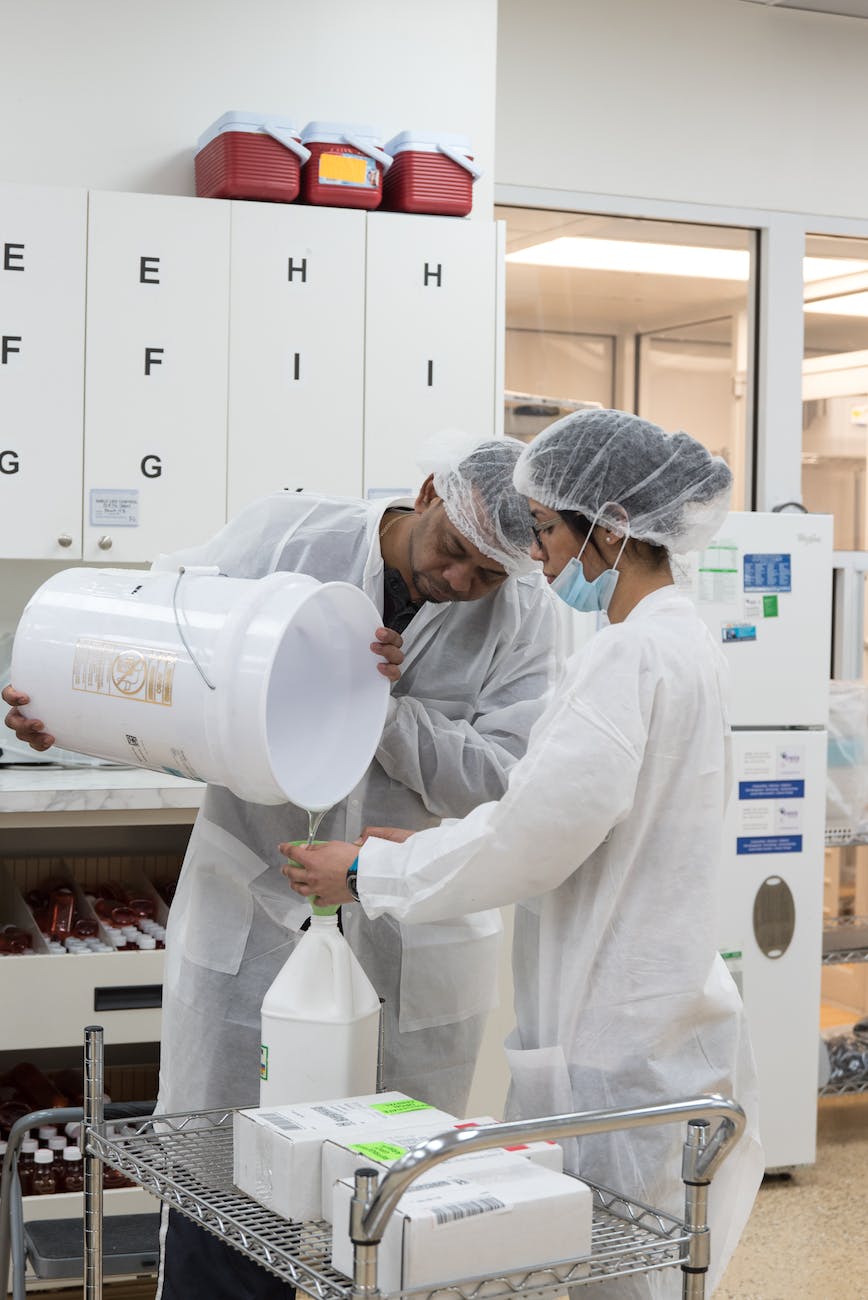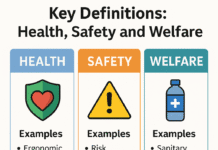
Workplace Chemical Exposure: Understanding Risks and Ensuring Safety
Chemicals are an integral part of many industries, serving crucial roles in manufacturing, healthcare, construction, and laboratories. However, their use also brings about the significant challenge of workplace chemical exposure. In this comprehensive guide, we’ll explore the nuances of workplace chemical exposure, its potential hazards, prevention measures, and legal obligations employers must uphold for the well-being of their workforce.
1. Introduction
Workplace Chemical Exposure : Chemicals play a pivotal role in modern industries, enabling various processes that drive innovation and productivity. However, their usage can inadvertently expose workers to potential health risks. This article delves into the complexities of workplace chemical exposure, focusing on understanding risks, adopting preventive measures, and complying with legal standards.
2. Understanding Workplace Chemical Exposure
2.1 Types of Chemicals in the Workplace
Workplaces can house an array of chemicals, including hazardous substances such as solvents, acids, and gases. Understanding the nature of these chemicals is essential in managing exposure risks effectively.
2.2 Routes of Exposure
Chemicals can infiltrate the body through inhalation, ingestion, skin contact, or eye contact. Being aware of the potential routes of exposure aids in crafting comprehensive safety measures.
3. Health Risks Associated with Chemical Exposure
3.1 Short-term Health Effects
Short-term exposure can lead to immediate health issues like respiratory irritation, dizziness, or skin rashes. Identifying these symptoms promptly allows for timely intervention.
3.2 Long-term Health Effects
Extended exposure to chemicals can result in chronic health problems such as respiratory disorders, organ damage, or even cancer. Acknowledging these potential long-term effects emphasizes the importance of prevention.
4. Industries at High Risk
4.1 Manufacturing and Construction
Industries involving manufacturing and construction often deal with a wide range of chemicals. Workers in these sectors are particularly vulnerable due to the constant presence of hazardous substances.
4.2 Healthcare and Laboratories
Healthcare settings and laboratories utilize chemicals for various purposes. Employees handling these substances are at risk of exposure and should adhere to stringent safety protocols.
5. Legal Regulations and Employer Responsibilities
5.1 Occupational Safety and Health Administration (OSHA) Standards
OSHA establishes guidelines to safeguard workers from chemical exposure. Employers must adhere to these standards, which encompass risk assessment, employee training, and safety equipment provision.
5.2 Providing Personal Protective Equipment (PPE)
Supplying appropriate PPE is paramount in minimizing exposure risks. Protective gear like gloves, masks, and goggles form a barrier between employees and hazardous chemicals.
6. Preventive Measures for Chemical Exposure
6.1 Substitution and Engineering Controls
Substituting hazardous chemicals with safer alternatives and implementing engineering controls, such as ventilation systems, are effective strategies to reduce exposure risks.
6.2 Proper Storage and Handling
Storing chemicals correctly and handling them with care prevents leaks, spills, and accidents that could lead to exposure.
6.3 Employee Training and Awareness
Educating employees about chemical hazards, safe handling procedures, and emergency protocols empowers them to protect themselves and others.
7. Emergency Response and First Aid
7.1 Establishing Emergency Protocols
Being prepared for chemical incidents is crucial. Well-defined emergency protocols ensure swift, organized responses that minimize potential harm.
7.2 First Aid Training for Chemical Exposure
Equipping employees with basic first aid knowledge specific to chemical exposure enables them to provide initial assistance before medical professionals arrive.
8. Cultivating a Safety Culture
8.1 Encouraging Reporting and Communication
Fostering an environment where employees feel comfortable reporting concerns promotes proactive hazard mitigation.
8.2 Regular Safety Audits and Inspections
Conducting routine audits and inspections identifies potential issues before they escalate, enhancing overall safety.
9. Technology’s Role in Mitigation
9.1 Monitoring and Detection Systems
Technological advancements have led to the development of sophisticated monitoring systems that can detect chemical leaks or anomalies in real-time.
9.2 Advanced Personal Protective Equipment
Innovative PPE designs offer improved comfort and protection, enhancing employee compliance and safety.
Chemical Hazards and Precautions
Work at Height Hazards and Precautions
10. Conclusion
Workplace chemical exposure is a multifaceted challenge that requires diligence, collaboration, and adherence to established safety standards. By understanding the risks, adopting preventive measures, and leveraging technology, employers can create a safer and healthier work environment.
11. Frequently Asked Questions
11.1 What are the common routes of chemical exposure?
Chemicals can enter the body through inhalation, ingestion, skin contact, or eye contact.
11.2 Are all industries equally susceptible to chemical exposure?
No, industries such as manufacturing, construction, healthcare, and laboratories are at higher risk due to their use of hazardous chemicals.
11.3 How does OSHA regulate workplace chemical exposure?
OSHA sets and enforces standards to ensure safe working conditions, including guidelines for chemical exposure management.
11.4 What strategies can employers adopt to foster a culture of safety?
Employers can encourage open communication, conduct safety audits, and prioritize employee training to promote a safety-oriented culture.
11.5 How does technology contribute to reducing chemical exposure risks?
Technology offers advanced monitoring systems and improved personal protective equipment, enhancing workplace safety.
























